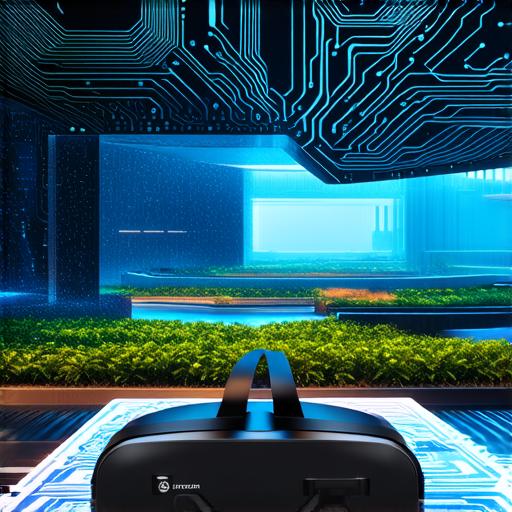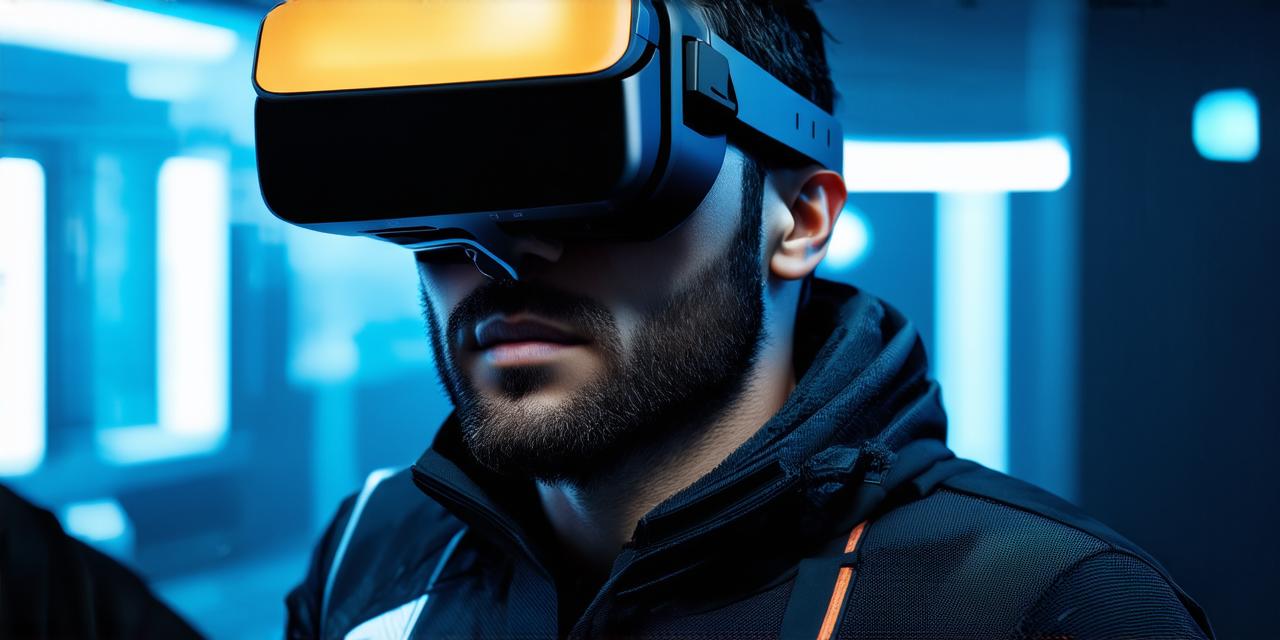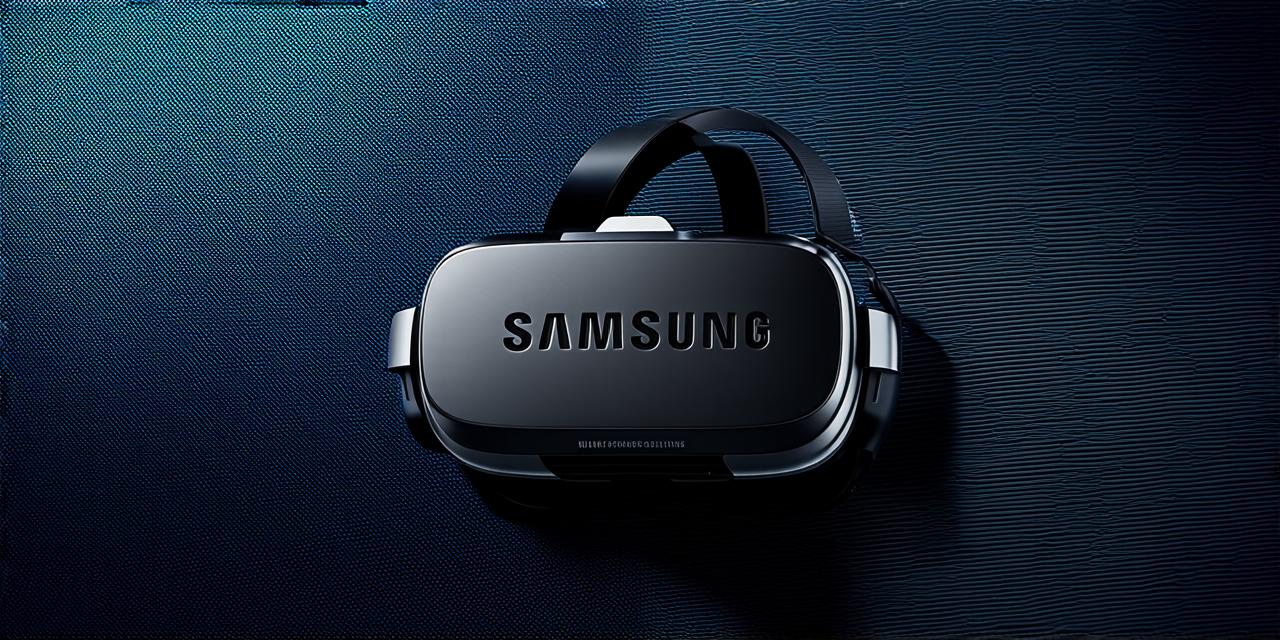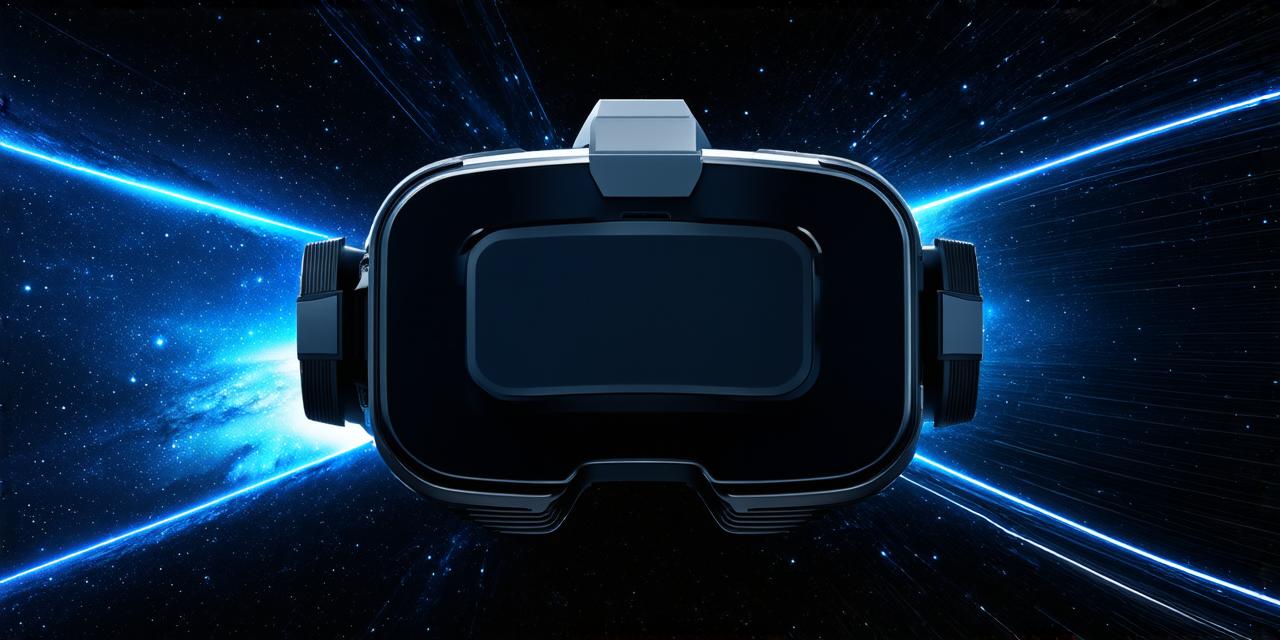Virtual reality (VR) is a rapidly growing technology that allows users to immerse themselves in digital environments and interact with them as if they were real. In this article, we will explore the basics of VR, including how it works, its capabilities, and potential applications.
What is Virtual Reality?
Virtual reality is a computer-generated simulation of a 3D environment that can be experienced and interacted with through specialized headsets or displays. The goal of VR is to create an immersive experience that feels as if the user is physically present in the simulated environment.
How does Virtual Reality work?
Virtual reality works by presenting stereoscopic displays, one for each eye, that create a 3D image. The displays are typically mounted on a headset or pair of glasses, which track the user’s movements and adjust the images accordingly. This allows the user to look around and interact with the virtual environment as if they were physically present.
In addition to the display, VR systems often use sensors such as accelerometers and gyroscopes to track the user’s head movements and adjust the image in real-time. Some systems also use haptic feedback devices, such as gloves or vests, to simulate physical sensations and further enhance the immersive experience.

Capabilities of Virtual Reality
Virtual reality has a wide range of capabilities that make it suitable for a variety of applications. Some of the key capabilities of VR include:
- Immersive environments: VR allows users to experience digital environments as if they were physically present, providing an immersive and engaging experience.
- Interactivity: VR systems allow users to interact with the virtual environment in a variety of ways, including movement, gesture recognition, and voice commands.
- Real-time rendering: VR systems can render complex 3D environments in real-time, allowing for dynamic and interactive experiences.
- Customization: VR systems can be customized to meet specific needs and requirements, making them suitable for a wide range of applications.
- Portability: Many VR systems are portable and can be used in a variety of settings, including homes, offices, and public spaces.
Applications of Virtual Reality
Virtual reality has a wide range of potential applications across various industries, including:
- Gaming: VR gaming allows users to experience immersive and interactive game environments that were previously impossible to achieve with traditional gaming platforms.
- Training: VR can be used for training simulations in fields such as medicine, aviation, and military, providing a safe and controlled environment for learning and practice.
- Education: VR can enhance the learning experience by providing immersive and interactive educational environments that engage students and encourage exploration.
- Design and visualization: VR can be used for design and visualization purposes, allowing architects, engineers, and other professionals to experience and test their designs in a virtual environment before building them in the real world.
- Therapy and rehabilitation: VR can be used for therapy and rehabilitation purposes, providing a safe and controlled environment for patients to practice and recover from injuries or illnesses.
Summary
Virtual reality is a powerful technology that has the potential to revolutionize the way we experience and interact with digital environments. With its ability to create immersive and interactive experiences, VR has a wide range of applications across various industries. As VR continues to evolve and improve, it will likely become an increasingly important tool for education, training, design, and therapy.



